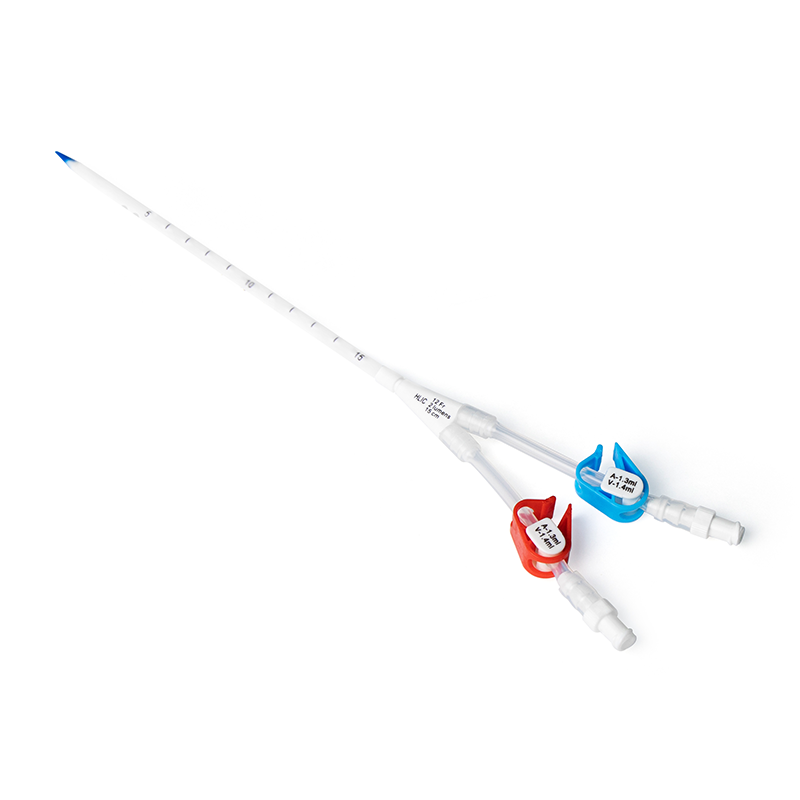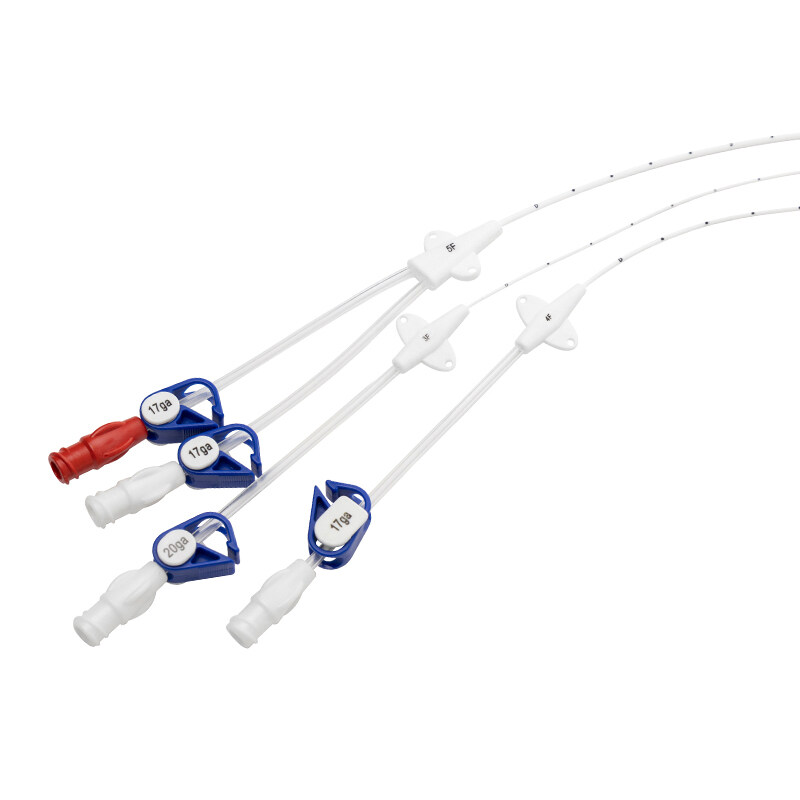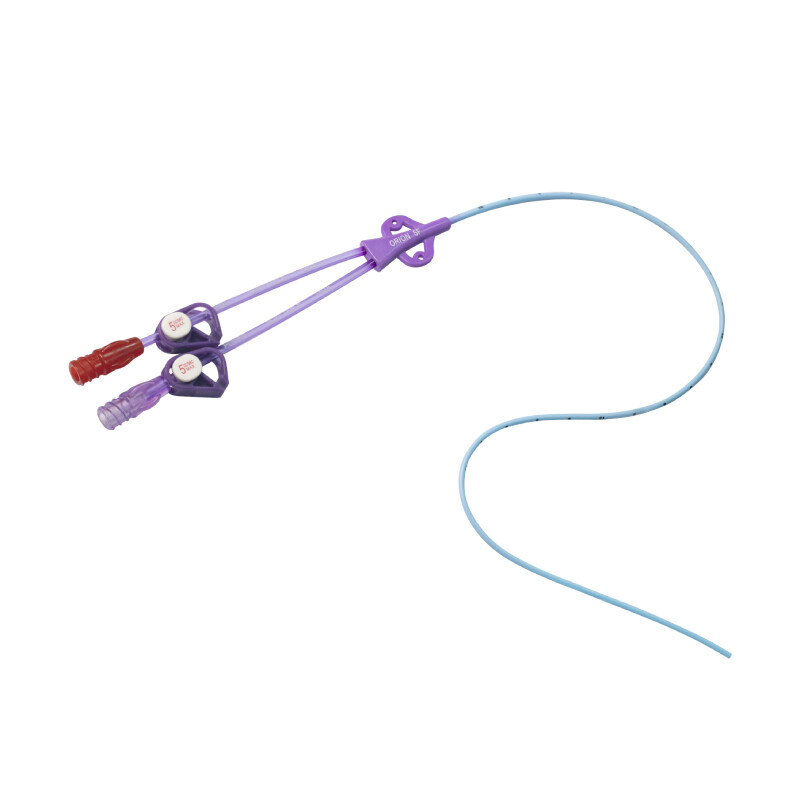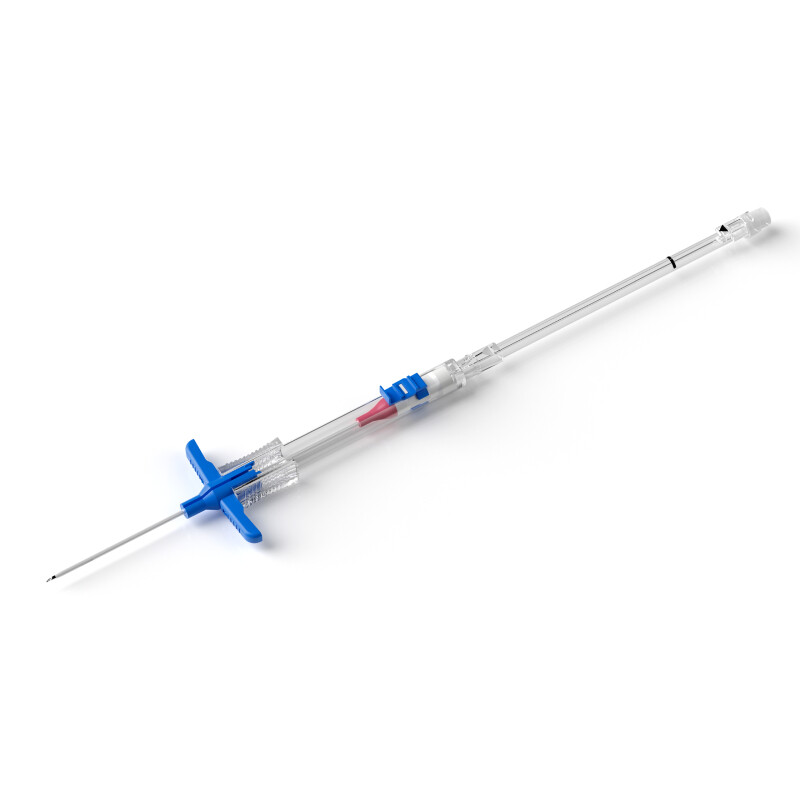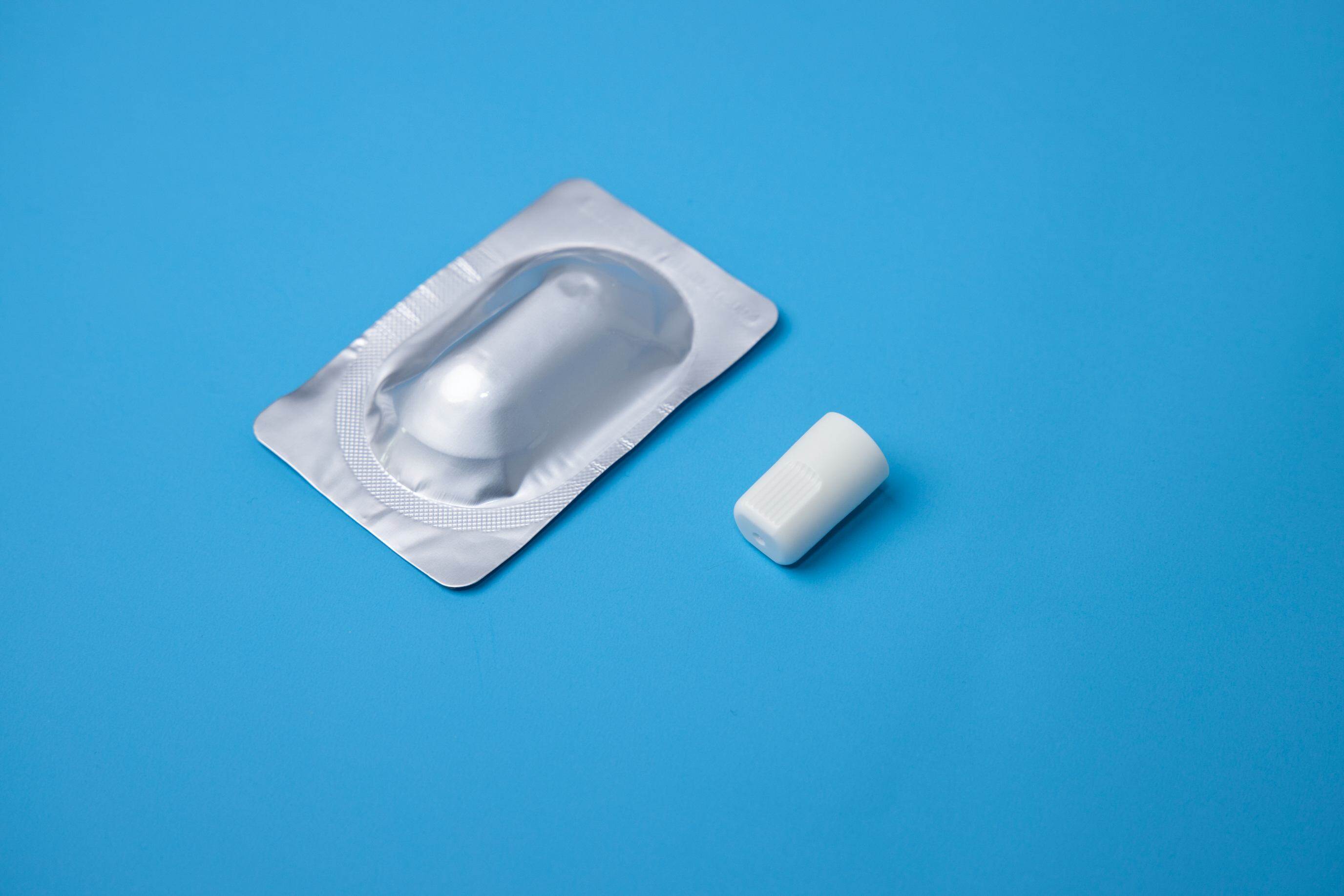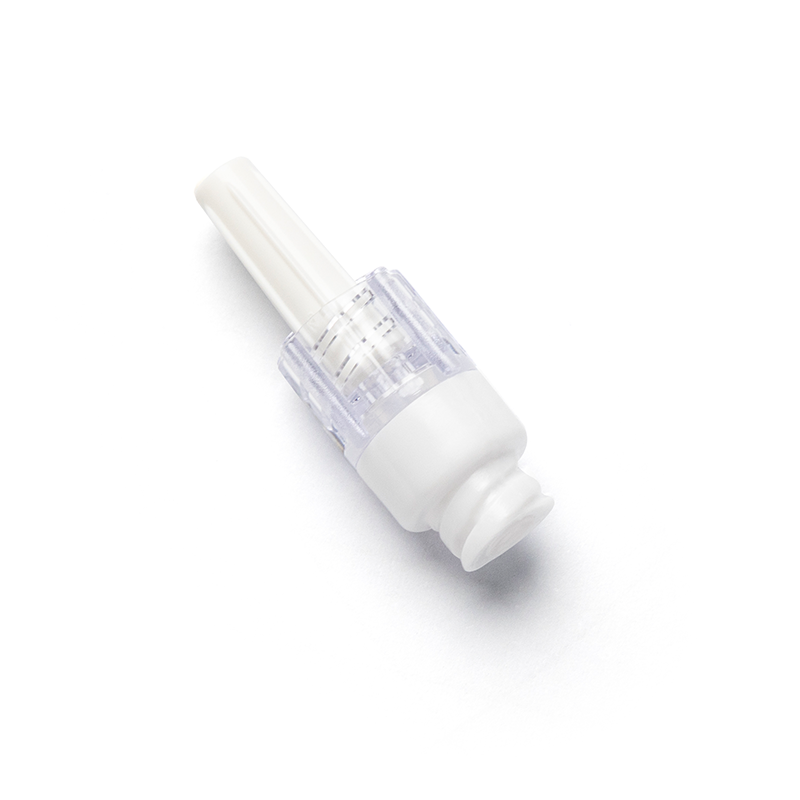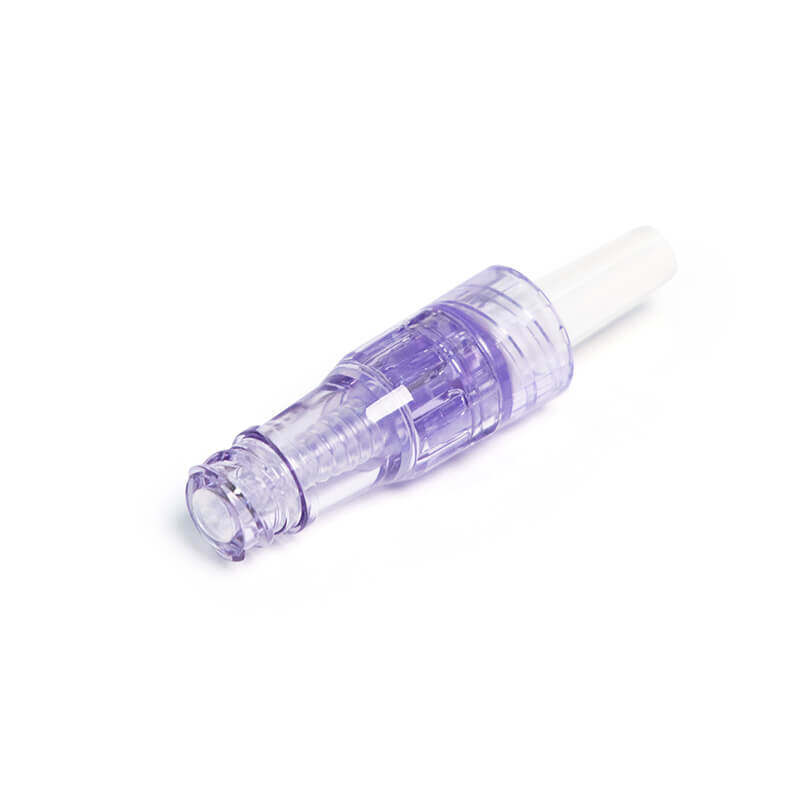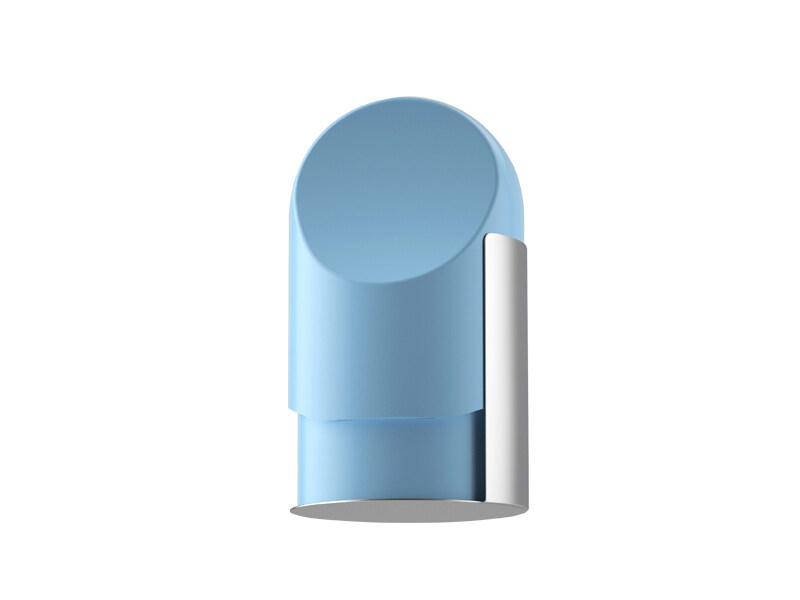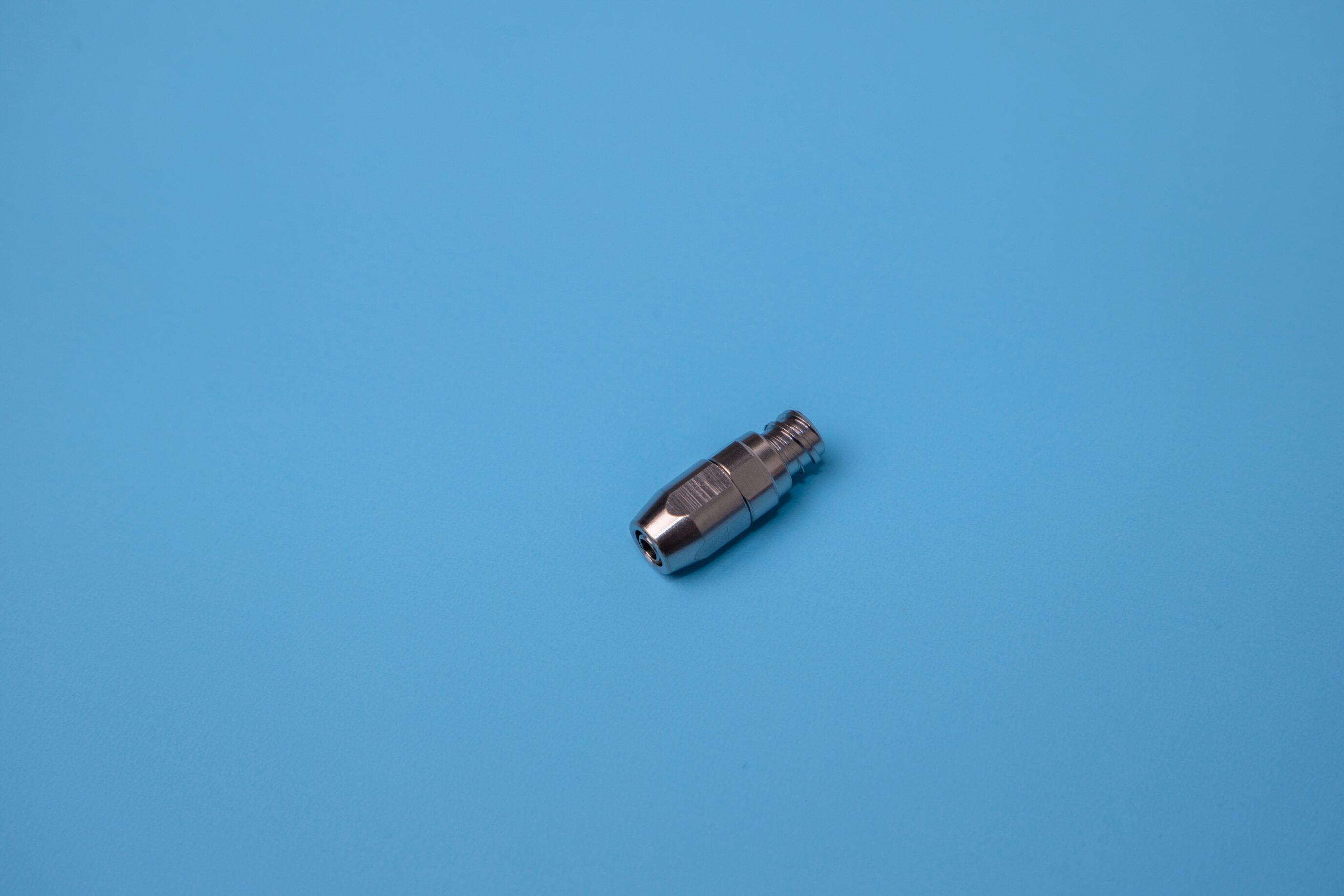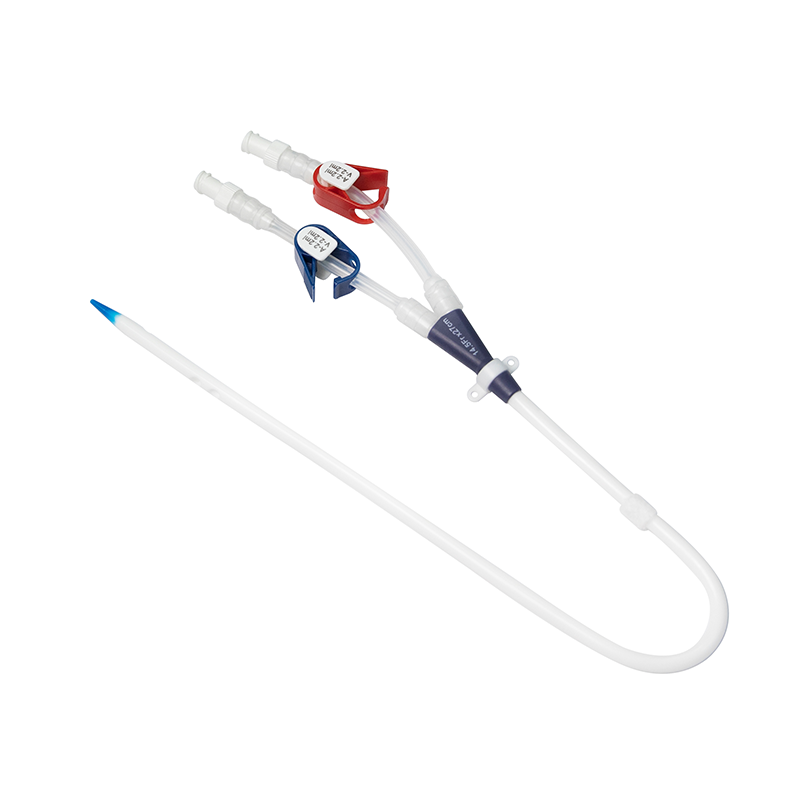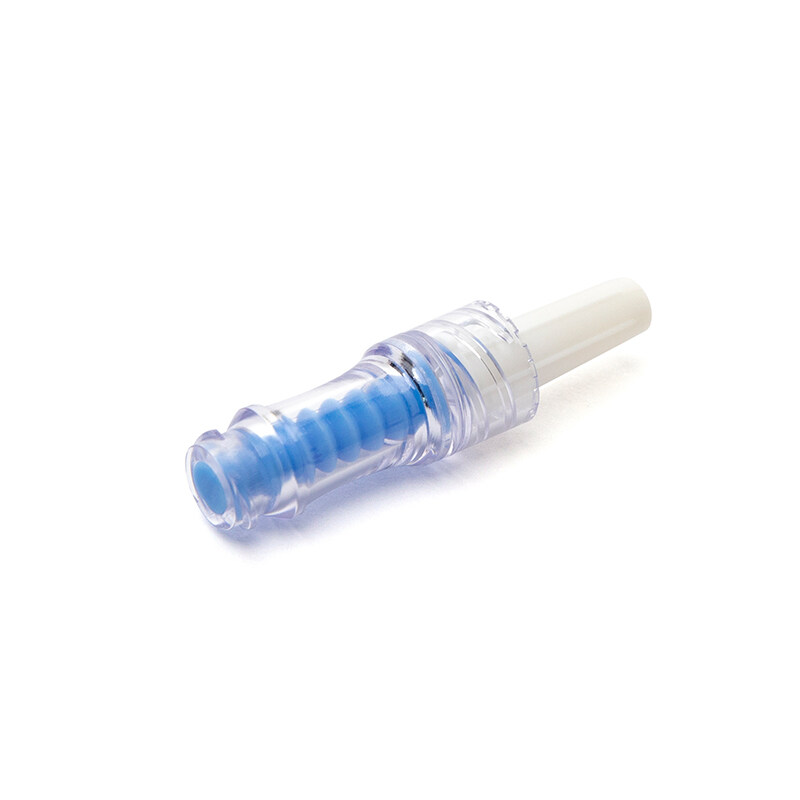catheter durable medical equipment
Catheter durable medical equipment covers outpatient care, home healthcare, doctor's services, and durable medical equipment—intermittent catheters are considered durable medical equipment.
Appropriate and needed for diagnosis, or treatment of your medical condition.
A catheter is a medical device that is used to drain fluids from the body or to administer medication. Durable Medical Equipment (DME) refers to medical equipment that is prescribed by a doctor for use at home, such as wheelchairs, walkers, and hospital beds.
Catheters are often considered DME because they are used over an extended period of time and can be used at home with proper training and guidance from a healthcare professional. Durable catheters are designed to be reused, which makes them cost-effective for patients who need them for long-term use. However, it's important to note that proper care and cleaning of catheter durable medical equipment are crucial to prevent infections and other complications.
Catheters come in various types, including indwelling catheters, intermittent catheters, and external catheters. Indwelling catheters are inserted into the bladder and remain in place for an extended period of time, while intermittent catheters are inserted and removed multiple times a day. External catheters, also known as condom catheters, are placed over the penis to collect urine.
Durable medical equipment, including catheters, can be expensive, so it's important for patients to understand their insurance coverage and benefits. In many cases, insurance plans will cover the cost of durable medical equipment, but patients may need to meet certain requirements, such as a prescription from a doctor and documentation of medical necessity.
What is meant by catheter durable medical equipment?
Equipment and supplies are ordered by a health care provider for everyday or extended use.
Coverage for DME may include oxygen equipment, wheelchairs, crutches, or blood testing strips for diabetics.
Patients who use catheters at home will need to learn how to properly clean and care for their catheters to avoid infections and other complications. Healthcare professionals can provide training and guidance on proper catheter care, including how to sterilize and store catheters between uses.
In addition to the types of catheters mentioned earlier, there are also specialized catheters that can be used for specific purposes, such as suprapubic catheters, which are inserted into the bladder through a small incision in the abdomen, and nephrostomy catheters, which are inserted through the skin into the kidney to drain urine.
It's important to note that while catheters can be a lifesaving medical device for many patients, they also carry some risks. Catheter-associated infections are a common complication and can lead to serious health problems if left untreated. Other complications can include blockages, leaks, and irritation or injury to the urinary tract.
To minimize the risk of complications, healthcare professionals may recommend using sterile catheters, using proper hygiene when handling catheters, and avoiding prolonged use of indwelling catheters whenever possible. Patients should also be aware of the signs and symptoms of catheter-associated infections, such as fever, chills, and pain or discomfort in the urinary tract.
In summary, catheters are an important type of durable medical equipment that can be used to manage a variety of urinary issues. Patients who use catheters at home will need to receive proper training on how to use and care for their catheters to avoid complications. While there are risks associated with catheter durable medical equipment use, working closely with healthcare professionals can help minimize these risks and ensure the best possible outcomes for patients.
Overall, catheters are an important medical device for many patients who require long-term management of bladder or urinary issues. As with any medical equipment, it's important for patients to work closely with their healthcare providers to ensure the proper use and care of their catheter durable medical equipment.

